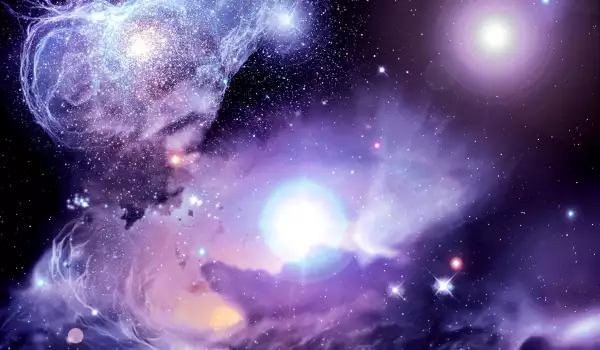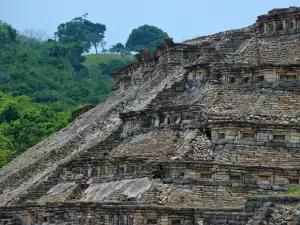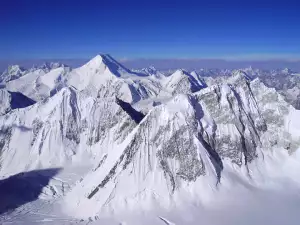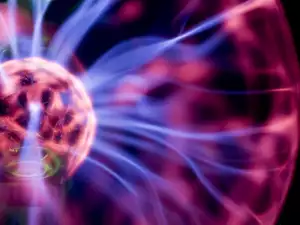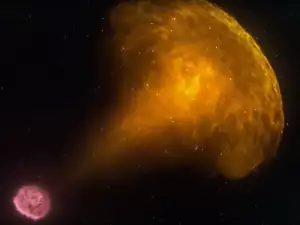Scientists may know a lot about life, the planets and the Universe but they definitely do not know the answer to every single question. They are unified under the idea that the unknown lies at the foundation of the purpose of science. If there is no unknown, there wouldn't be any need for science to explain it. And some of the most fascinating questions, that have yet to be answered, are the following:
What is the mechanism by which gravity works? Earth's gravity keeps people on its surface, the Moon's gravity is the cause of high and low tides, while the Sun's keeps our planet in orbit. Even though scientists understand the main principles of gravity, its existence is inexplicable at this time. All scientists know is that the more massive a given object, the greater its gravitational pull. It is not clear why atoms are found in mostly empty space or what keeps them together. And does gravity itself consist of particles or quite the opposite?
Why is there more matter than antimatter? Currently, scientists accept that matter and antimatter are 2 extremes of the same thing. When they come together they destroy each other. The result of their collision is a nothingness. Scientists believe that this type of collision might explain the 1st moments of the universe. Surprisingly, enough matter was left over to create billions and billions of galaxies, stars, planets and everything else. But antimatter is almost absent.
One of the explanations for this might lie in the building blocks of the 2 elements. Matter is composed of mesons, in turn composed of one quark and one antiquark. B mesons decay slower than anti-B-mesons. That means they've had more time to create all of the matter known to us today. Another possibility is for antimatter to simply be somewhere else.
Why do the tectonic plates move? The reason for the movement of the tectonic plates are earthquakes, volcanic eruptions, the formation of mountains - this theory was accepted quite recently. Even though the idea that the continents are connected dates back to 500 years ago, it was only popularized in the 70s of the last century. Back then, physicists proved that the rock mass was pulled into the Earth's mantle, recycled and then brought to the surface once again in the form of magma. However, it is still unknown what exactly causes this movement, nor how the edges of the tectonic plates formed. No theory can rationally answer all of these questions.

Where did all the lithium go? After the Big Bang, the Universe was full of hydrogen, helium and lithium isotopes. Today we find hydrogen and helium everywhere in the universe but there's 3 times less lithium. This absence of lithium-7 some explain by the hypothetical existence of the elementary particle axion. Others believe that lithium simply settled in the cores of stars and planets. But no one has found it as of yet.
Fermi's Paradox or where is everyone? The chances for us to be the only living things in the universe are miniscule. But where are all the extraterrestrials and why haven't we discovered them yet? There are many theories but still no comprehensible answer.
